Q & A with Fashion Set Designer Emily Pugh
We are living in a time when creative disciplines are melting one into another, illustration crosses into fashion, fashion enters the art space, art becomes music, set design is one of those areas where the magic of theatre, fashion and photography are all combined in order to create something elevated and unexpected. From the incredible surrealist sets of Tim Walker to the most spectacular of spectacles namely the Christmas Display Windows, the set designers play the role of invincible magicians setting the 3D space for the magic to take place. This year amongst the Christmas displays in London there were sparkles and stardust rivalry of magnificence from top fashion houses around the city, from Harrods building a ‘ life size Harrods Express steam train with glamorous displays for each windows, to Fenwick ‘ hiring an’ English National Ballet’s Lead Principal Ballerina Elena Glurdjidze for a live performance of the Nutcracker in its Bond Street store. Selfridges, the holy grail of window displays showcased magnified ‘Wish List’ objects like the Kenzo Jumpers amongst wintery landscapes, and Burberry enchanted us with huge life size metallic gold wrap and elegant gold metal mobiles amongst its mannequins. Set design in some fashion stories spells out miraculous and in others it is the backbone of a photograph, almost unnoticed with perhaps merely a backdrop of a textile which has to be found and displayed by no other than the set designer who will set the mood, the right atmosphere for the photo.
Our guest today is Emily Pugh who designed those very beautiful twisted gold heart mobiles for Burberry, who also has been set designing for London department store Selfridges for several years and who in 2010 won the pitch to design the exhibition Ballgowns: British Glamour since 1950′ at the Victoria and Albert Museum in Kensington. We are incredibly pleased she took the time to talk us about her work.

Q: Please tell us a little about yourself and what you do.’
A: Hello my name is Emily Pugh and I am a freelance set designer and prop stylist working within the fashion industry. Based at my studio in East London, I design and produce interesting interior installations, store windows, sets and props for photo shoots and recently some exhibition design for the Kensington museums.
Q:’ How did you start out? Was set design a firm career decision, or did you come to this path through a labyrinth of circumstances?
A:’ I would say a labyrinth of circumstances! Having graduated from Textiles at Goldsmiths University, I started with an internship (and eventually a full time job) at Selfridges doing Visual Merchandising that gave me a really strong knowledge of retail yet also allowed for creative expression. I would also do the windows for PPQ in Mayfair in the evenings and when I eventually went freelance, through assisting specialist set designers such as Shona Heath and Andy Hillman, I was utterly inspired- that dream job moment -to set up my own studio working on my own designs.
Q:’ What is a set designer and what sorts of jobs might one find themselves doing?
A:’ It is a fairly new role in the fashion world as traditionally the photographer or stylist would design a location or style the props. Now there are many individual and respected set designers creating very exciting sets. Usually the photographer will have the initial vision or feel for a shoot and it is the set designer’s job to interpret that feeling into the 3D environment. The job can vary depending on the client so one day I could be generating 3D visuals and CAD layouts for a set, another I could be at a prop house picking out furniture or easily be in my studio for a week hand making an entire window display out of wire! We learn a lot of fabrication skills very quickly and keep an eye out for interesting new materials or props that might be useful one day. I tend to store a lot of materials in my studio that one day might form part of an accessories still life for a magazine or used as part of a window display.
Q:’ Do you make everything by hand yourself? Do you have a team of assistants or a network of factories you work with?
A: I have a few good assistants and try to form good relationships with fabricators and prop makers so depending on the job, I will pick my team accordingly. Often I will create the prototype and then try to have the bulk of production handled by my team that allows me time to step back and push the new creative ideas I have along the way. Particularly on a photoshoot set, ideas will naturally develop quickly which is really fun so I like to have the time to realise the potential of each material and technique I am using on the day.
Q: How do you come up with ideas? What inspires you? What is the design process?
‘ A:‘ I start with the product, or museum “˜object’ and really look at it, noticing the details, shape and colours. In my head I imagine a million options for composition and background until I think I have some options that might work. The solution might be totally abstract and be a about colour and form, be very playful and humorous or, be a more narrative-based display.’ Sometimes there is no product in a display, which is more challenging for example at the moment I am designing Selfridges’ Christmas Atrium displays. Often I find it frustrating to be unable to produce a totally unique idea -there is so much fantastic inspiration available. What usually happens is that a design solution becomes my personal interpretation of an existing concept. Whether that is an art installation I have seen, a movie, or illustration, I like to think that I am part of the bigger creative community constantly pushing visual culture forwards by reinterpreting these existing ideas.
Q: ‘ What has been the highlight of your career?
A: Definitely winning the pitch and designing the exhibition for Ballgowns: British Glamour since 1950, a fashion exhibition at the V&A in 2012. Working with such important objects within an historical institution was both a learning curve and dream come true and having an insight into the behind the scenes storage and conservation laboratories for fashion and textiles was fascinating. It was also a very successful show.
Q: How do clients find you? Do you advertise, or is your expertise one which gets passed through the word of mouth?
A: Firstly I will create an exciting editorial shoot or personal project with a photographer I admire and often at our own expense. At the moment I am working on some futuristic headpieces for Eyewear Magazine with photographer Madame Peripertie. The published shoot or photos on our websites will act as a sort of advertising platform enabling a brand to come along and commission that particular creative team for a more commercial, paid project.
Q: Do you have a mentor?
A: At the moment I am trying to meet new photographers that I find inspiring and setting up more creative test shoots. I have also been talking to a lot of agents recently to help me fine-tune my style and organise my portfolio.
Q: Is there a dream you are gearing towards? Are you living your dream already?
A: Nowhere near, I still feel like I am finding my feet in the industry and I guess being an artist we will constantly be discovering our true style.
Q: Why do you love your job?
A: I get to use my hands to make things, which is important for my mind. I also love discovering a new tool to describe a space and researching materials. Connecting with suppliers and visiting specialist fabricators can be very interesting and it means each day is totally different.
Q: What is most challenging about your job?
A: Not having a routine or regular income. Sometimes it is very difficult to switch off at the weekends and as my partner is also freelance we have had to accept that work and play in our life is a blend. I think you have to embrace that, but sometimes it can be tough.
Q: What is the best advice you have been given?
A: You can copy a peer’s business plan but it is pointless trying to “˜be’ them. Having a unique style is what is important.
Q: Recommend a book or a film, which has influenced your life.
A: I recently saw HER by Spike Jonze, which made me want to wear only multi colours and redecorate our apartment in orange.
Q: What does success mean to you?
A: Not selling out.












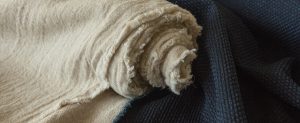
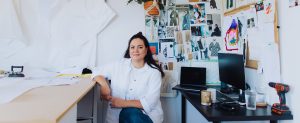
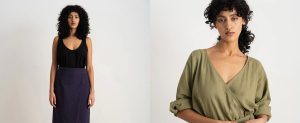
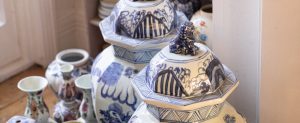
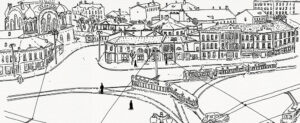







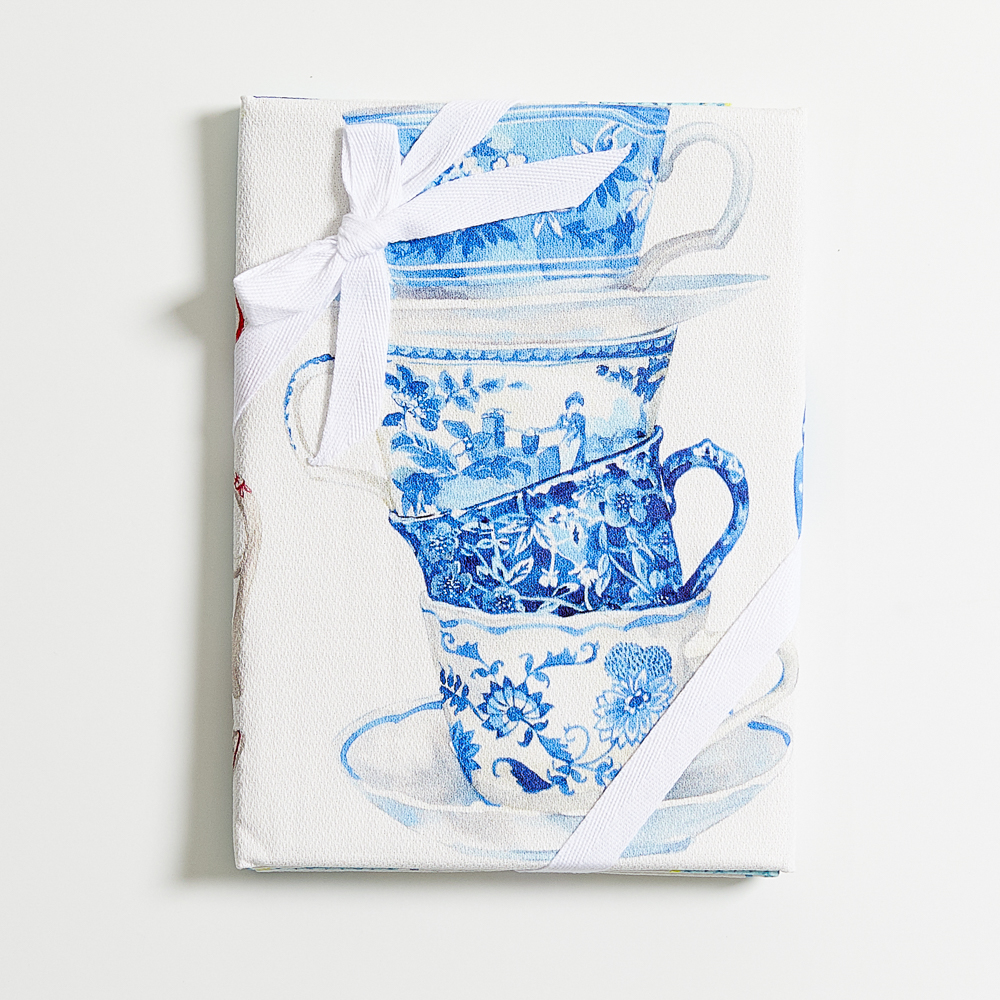












































Leave a comment